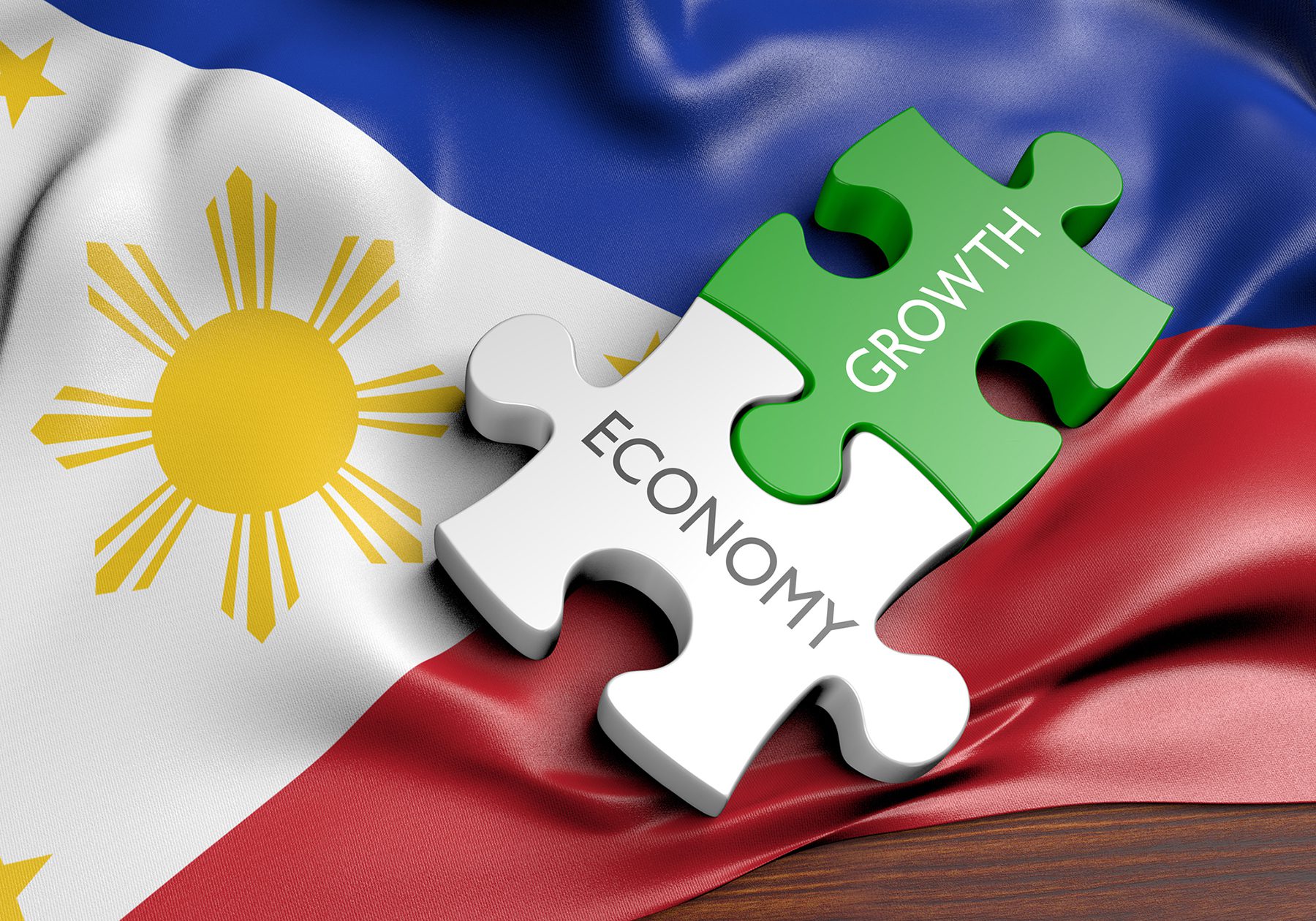The Philippine economy has faced many challenges and continues to do so. The Philippines is struggling due to high unemployment, inflation, and import/export issues. The country is also dealing with several other issues, such as an economic recession and increased military tensions. Most projections, however, conclude that the future is bright despite all of these problems.
In 2022, for example, the Philippines will be one of the fastest-growing emerging markets, with an average GDP growth rate of 7.6%. This is the highest since 1976. It was the fastest growth in the region among emerging economies, with 6.4% for the first quarter. This is better than Indonesia’s 5% or China’s 4.5%.

Watch Out for These Sectors of the Philippine Economy
Travel and Hospitality
The Philippines’ travel industry is predicted to grow rapidly in 2023. The tourism and hotel industry is expected to grow at a Compound Annual Growth Rate (CAGR), of 10%, between 2023 and 2020. The number of international flights is increasing, and hospitality businesses are welcoming more customers. New ones are also opening to prepare for an expanding market.
Casinos and gambling
The Philippines is the top gambling destination in Southeast Asia. Manila, the capital, is one of the largest gambling cities in Asia, with more casinos per capita than New Jersey’s Atlantic City or Sydney. The industry has grown steadily since 1976, when the government legalized casino gaming on land. Between 2012 and 2019, the CAGR was more than 17%. The official regulator, the Philippine Amusement and Gaming Corporation, reports that casino revenue will reach $3.3 billion by 2022. This is an 89% increase from the $1.75 million reported in 2022.
PAGCOR operates multiple casinos in the Philippines despite legislators’ concerns over a potential conflict of interest. PAGCOR, after the Bureaus of Customs and Internal Revenue, is one of the Philippines’ largest tax-generating organizations.
PAGCOR also regulates the online gambling market in the country, which is projected to reach $591 million by 2023. Many iGaming sites allow players to play their favorite games.
The following are some of the ways to get in touch with your local agriculture
Between 2016 and 2022, the agriculture sector employed at least 24 percent of the workforce in the Philippines. In the same year, it contributed 8.9% to the GDP of the Philippines. The Philippines, with 2.8 million tons of pineapples in 2021, is also the third largest producer. The Philippines is the third largest producer of coconuts, and exports coconut products more than any other country.
The Philippines also produces 2.5% of all the rice in the world. Even though rice is a staple food of the majority of Filipinos, they still export at least 260 tons per year from 2016 to 2020. The Philippines exported 395.4 million tons of rice in 2021. The United Arab Emirates (UAE), Qatar, Saudi Arabia, and Bangladesh are the main destinations for rice exports. According to projections the GDP from agriculture will reach $10,472 by 2024, and then rise to $11,079 by 2025.
Mining and Extraction
The Philippines is rich in mineral resources such as gold, silver, and copper. These minerals are among the largest in the world, and untapped deposits could be worth up to $1 trillion. The Philippines has also significant deposits of other minerals such as palladium and chromite.
Geothermal energy is also abundant in the country. Geothermal energy accounted for more than 7,5% of total electricity produced in 2019. According to some estimates, the Philippines has the third-largest gold deposit in the world.
Mining and extraction in the Philippines are on the verge of a major revival thanks to the Department of Energy’s commitment to harnessing sustainable sources of electricity. Minerals such as manganese and lithium are essential for renewable energy and could boost the extraction industry.You can use these materials for various applications, including batteries, Electric Vehicles, and wind turbines.
The Philippines will reap the benefits of these mineral resources as the world focuses more on building electric vehicles and reducing carbon emissions.







